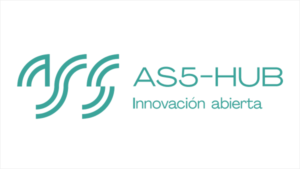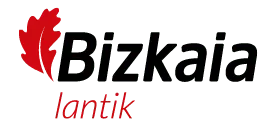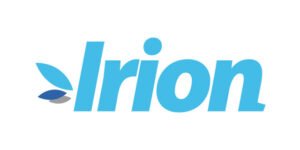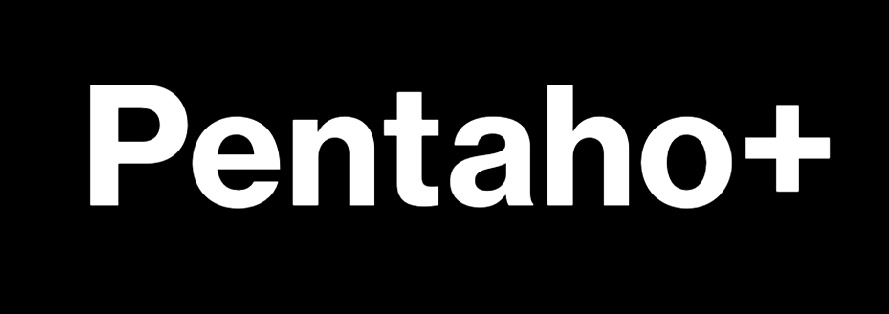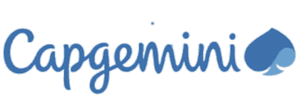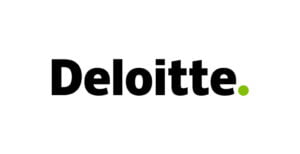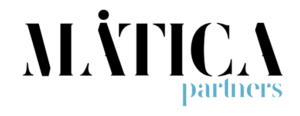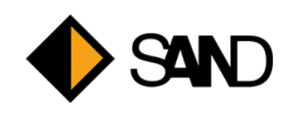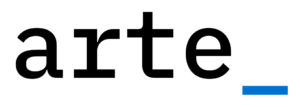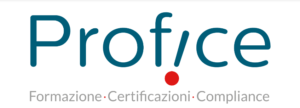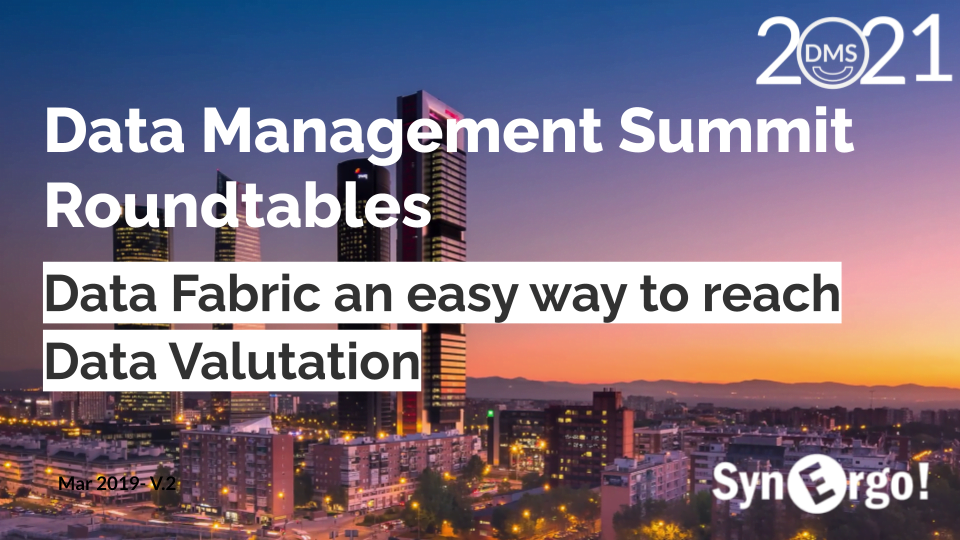
Data Fabric an easy way to reach Data Valutation
According to Gartner, Data Fabric is an architecture and set of data services that provides consistent functionality across a variety of environments from on premises to the cloud. Data Fabric simplifies and integrates on-premises and cloud data management by accelerating digital transformation.
Normally, when we approach a company for any type of data project, we find a typically fragmented scenario. Companies often incorporate tools according to a rather commercial logic of the historical moment of the company. So it is normal to find a patchwork of many different tools: We will have data sources, different data warehouses from different vendors, analytical engines, reporting engines, OLAP cubes, and more. In the best-case scenario, they can come from the same vendor, but there are still a few issues to deal with. How do we do workflow automation? How do we manage metadata? How do we document processes? What about accountability? How do we respond to the regulator? How are we going to convince enterprises that data is absolutely traversal? How can we perform a solid Data Valutation? Can Data Fabric help us in this?
That’s when we ask ourselves at the architecture level that maybe we should have done it differently.
An Enterprise Data Management (EDM) approach, where all data assets are concentrated on a single platform, would be the optimal solution. Also, according to DAMA, the elimination of silos and full accountability should be at the core of any data project. Can the data fabric concept be a solution? According to Gartner, data fabrics reduce integration design time by 30%, deployment by 30%, and maintenance by 70%, as technology designs are based on the ability to use/reuse and combine different styles of data integration. In addition, data fabrics can leverage the existing skills and technologies of data hubs, data lakes, and data warehouses, while introducing new approaches and tools for the future. In this sense, although a good approach is to have an all-in-one platform with full interoperability capabilities, implementing a data fabric does not require any of the customer’s technology investments.
We will talk about all this and much more at the round table facilitated by Mario Salamanca where I will have the pleasure of being one of the members.
In Italian Edition Mauro Tuvo will be the Roundtable’s Facilitator.


